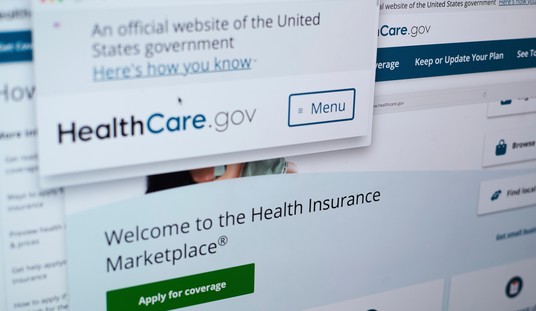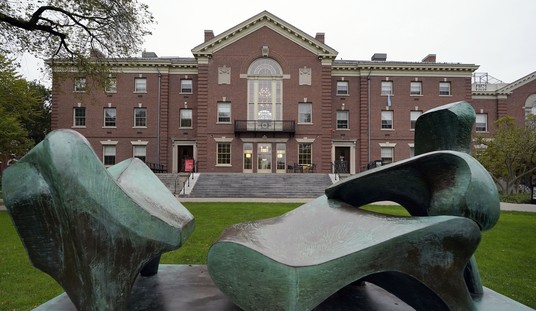The scheduled interim report on Q2 GDP shows an upward revision from the stagnant 1.5% level of the advance estimate from four weeks ago, but for the most part, it’s not much of a change. The new estimate puts the annualized economic growth for the US at 1.7%, still a stagnation level and still far below the Q4 result revised sharply upward on the previous report:
Real gross domestic product — the output of goods and services produced by labor and property located in the United States — increased at an annual rate of 1.7 percent in the second quarter of 2012 (that is, from the first quarter to the second quarter), according to the “second” estimate released by the Bureau of Economic Analysis. In the first quarter, real GDP increased 2.0 percent.
The GDP estimate released today is based on more complete source data than were available for the “advance” estimate issued last month. In the advance estimate, the increase in real GDP was 1.5 percent (see “Revisions” on page 3).
The increase in real GDP in the second quarter primarily reflected positive contributions from personal consumption expenditures (PCE), exports, nonresidential fixed investment, and residential fixed investment that were partly offset by negative contributions from private inventory investment and from state and local government spending. Imports, which are a subtraction in the calculation of GDP, increased.
The difference between the two reports came from a downward revision of imports in Q2, along with some stronger consumer spending than originally thought. The new report also shows a lower level of inventory investment, which produced a significant difference in real final sales of domestic product, which was 1.2% in the initial estimate:
Real final sales of domestic product — GDP less change in private inventories — increased 2.0 percent in the second quarter, compared with an increase of 2.4 percent in the first.
That indicates that demand did not drop as drastically as the first estimate claimed. A 2.0% level is also nothing to write home about — still squarely in the stagnation level, and lower than Q1 — but it’s obviously better than having the measure halved between Q1 and Q2.
Reuters more or less shrugs at the change, and notes that the level is still low enough to prompt intervention by the Fed:
The U.S. economy fared slightly better than initially thought in the second quarter, but the pace of growth remained too slow to shut the door on further monetary easing from the Federal Reserve. …
While the composition of economic activity was fairly favorable, growth remains well below the 2-2.5 percent rate required every quarter to hold the unemployment rate steady, which could compel policymakers at the U.S. central bank to offer additional stimulus at their Sept. 12-13 meeting.
Speculation the Fed would loosen policy further had been dampened by a pick-up in job growth and a rebound in retail sales in July, but other data on business spending and inflation supported more action.
While real final sales of domestic product and consumer demand improved, Reuters notes that the overall effect didn’t really change much there, either:
There were also upward revisions to growth in consumer spending, which was bumped up to a 1.7 percent pace from the previously reported 1.5 percent. That was a step-down from the 2.4 percent pace recorded in the first quarter.
Meanwhile, business investment has dropped to 2009 levels:
Investment in the construction of nonresidential structures was stronger than previously reported. But growth in business investment in equipment and software was lowered to a 4.7 percent pace, the slowest since the third quarter of 2009, from 7.2 percent previously.
This report improves on the initial estimate, but doesn’t mean that the economy itself is improving. We’re still stuck in Stagnation Summer mode.








Join the conversation as a VIP Member